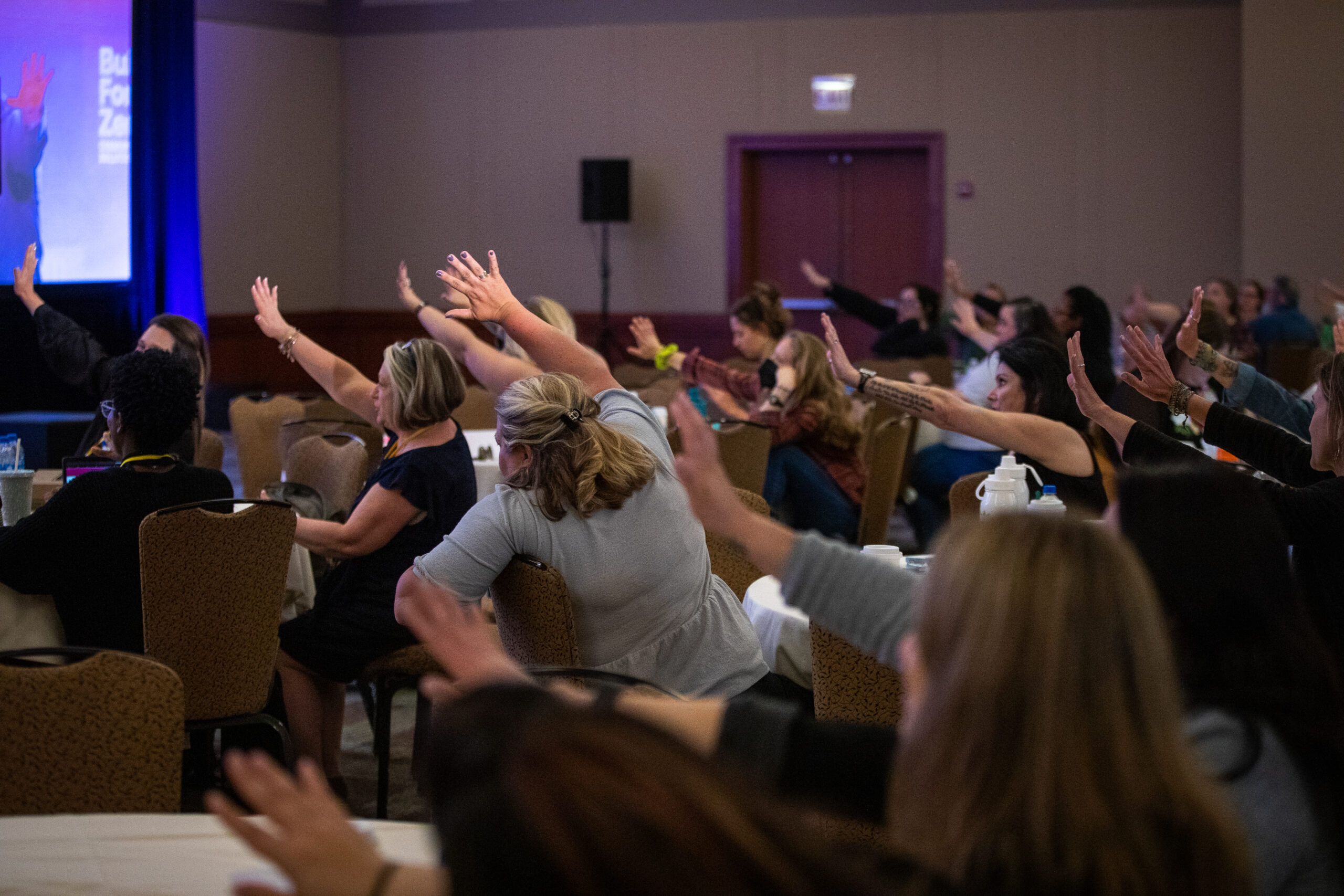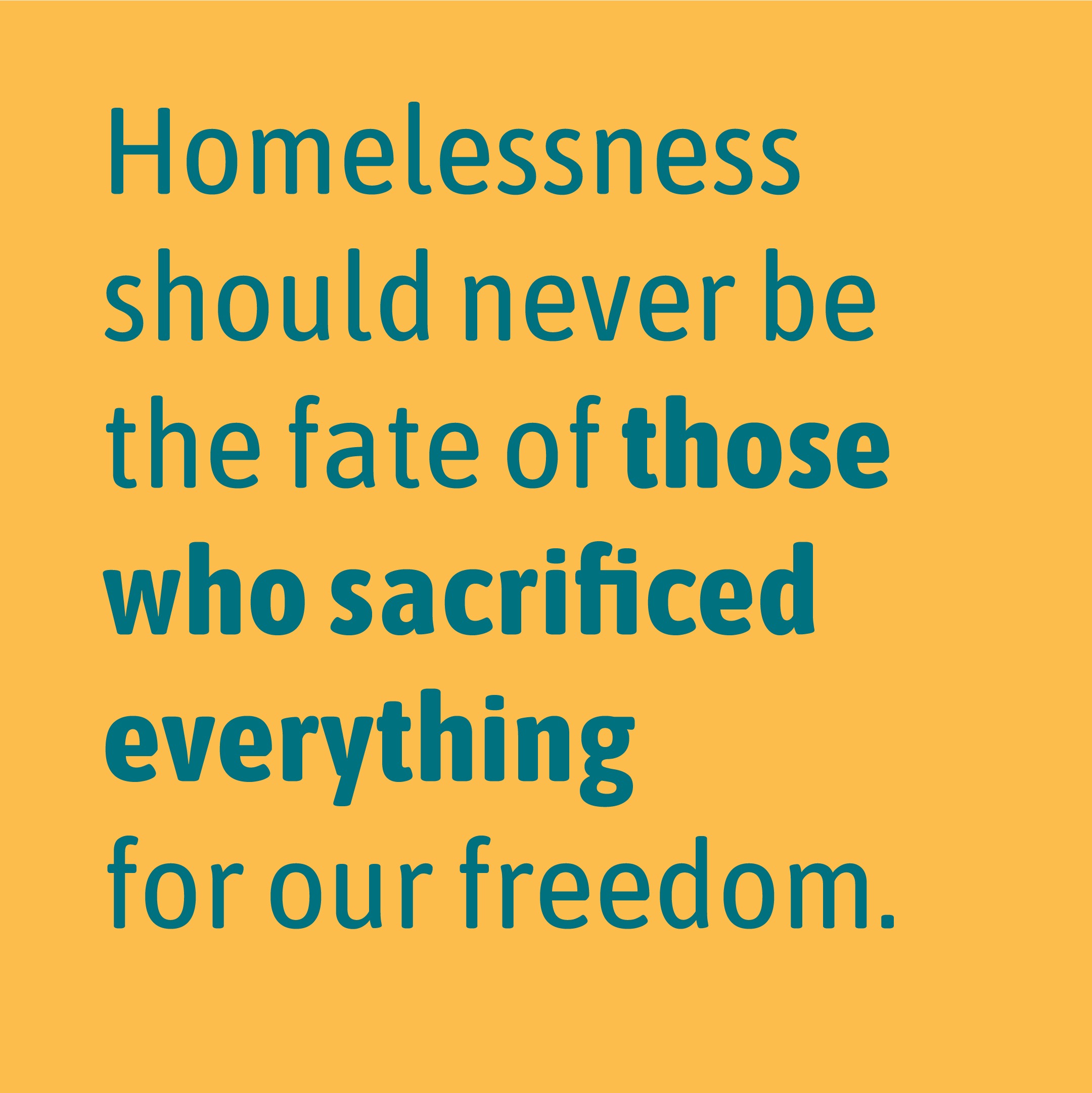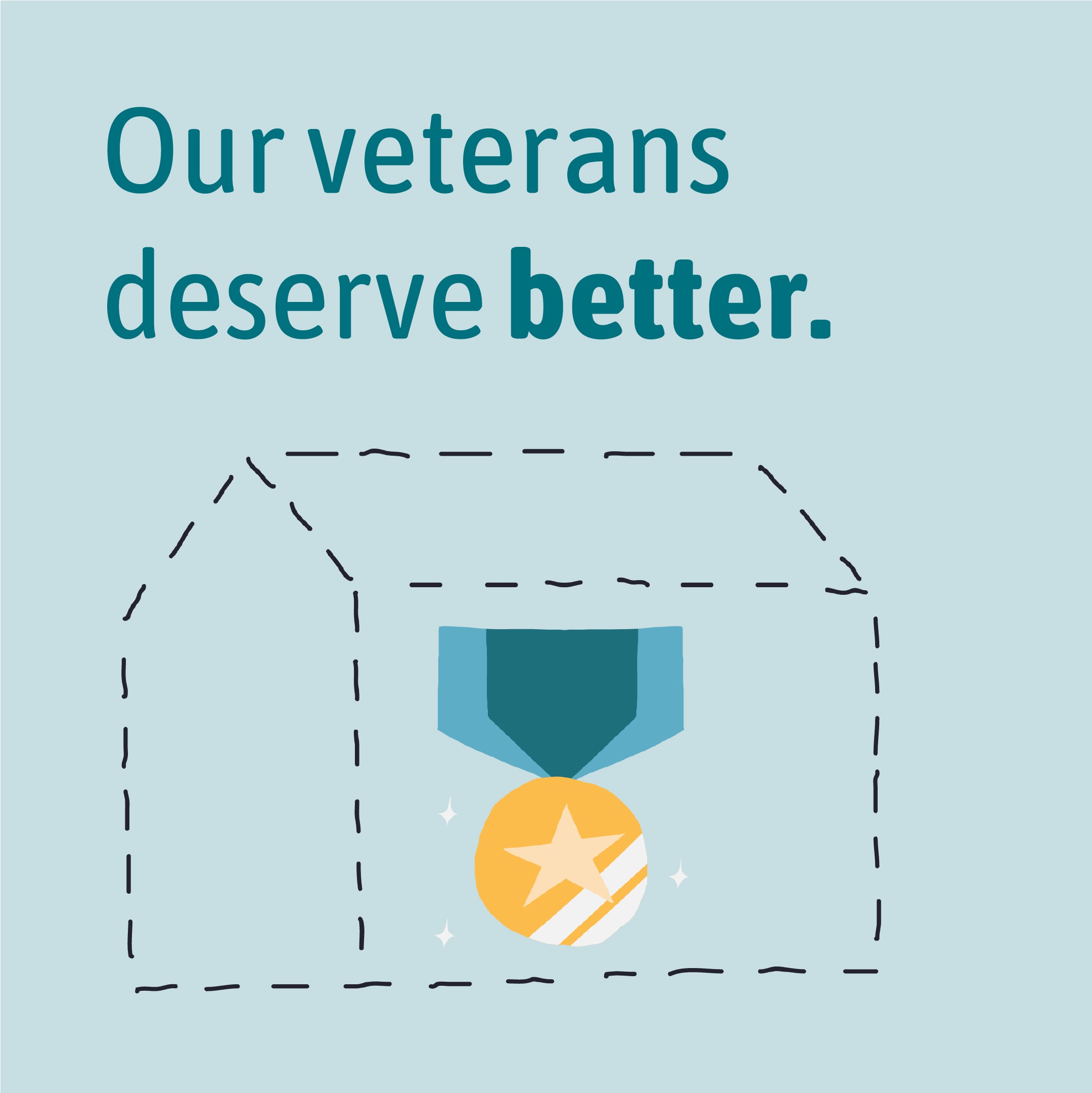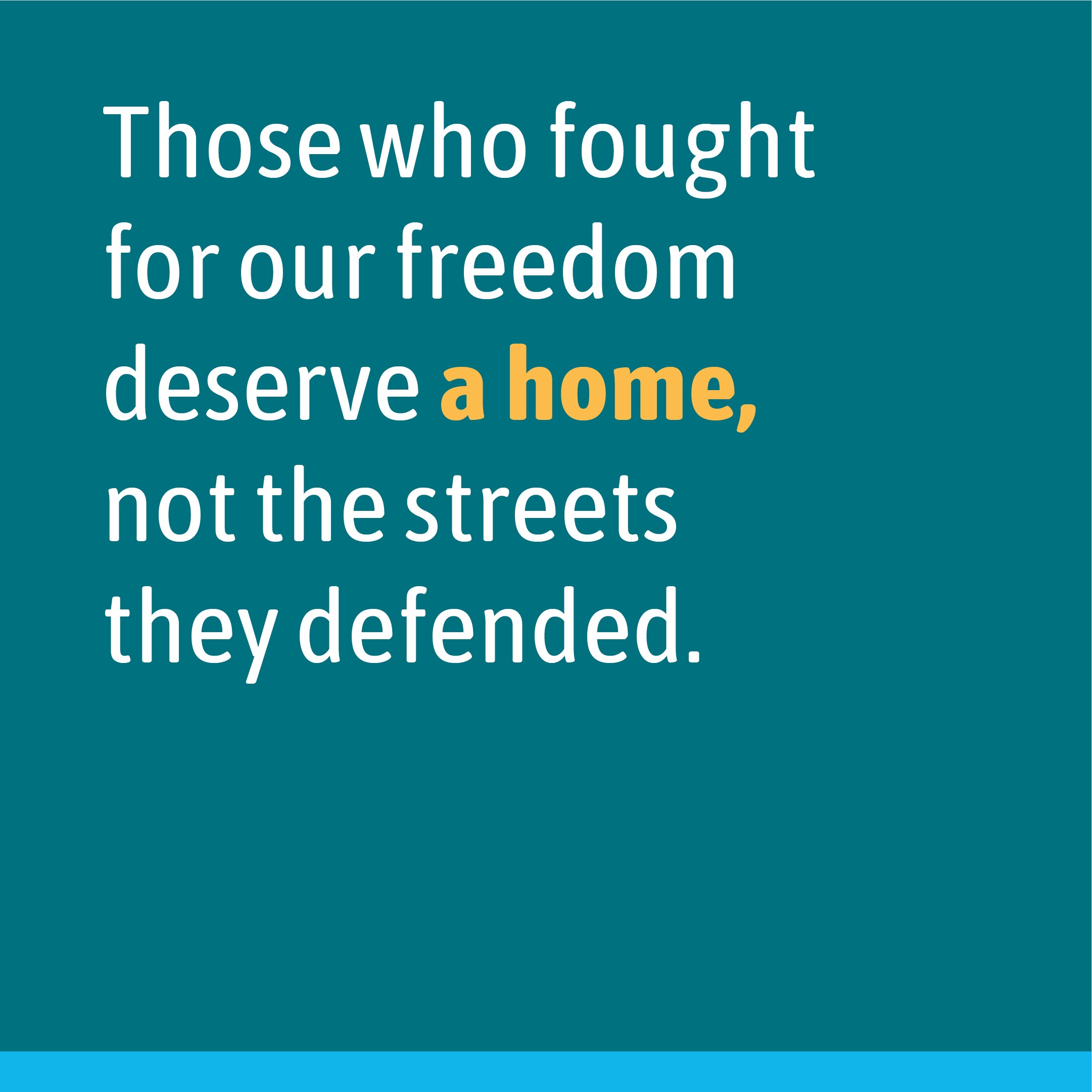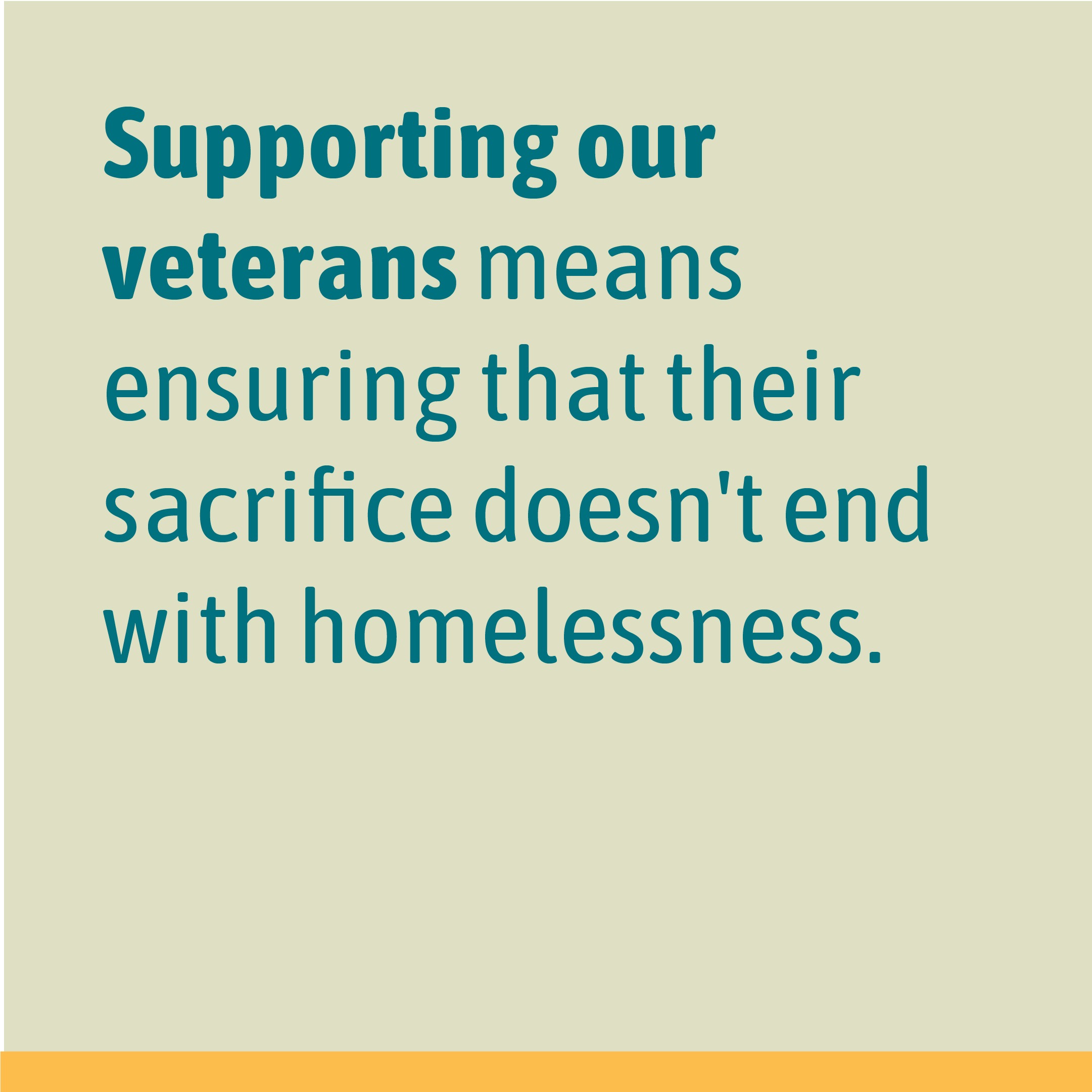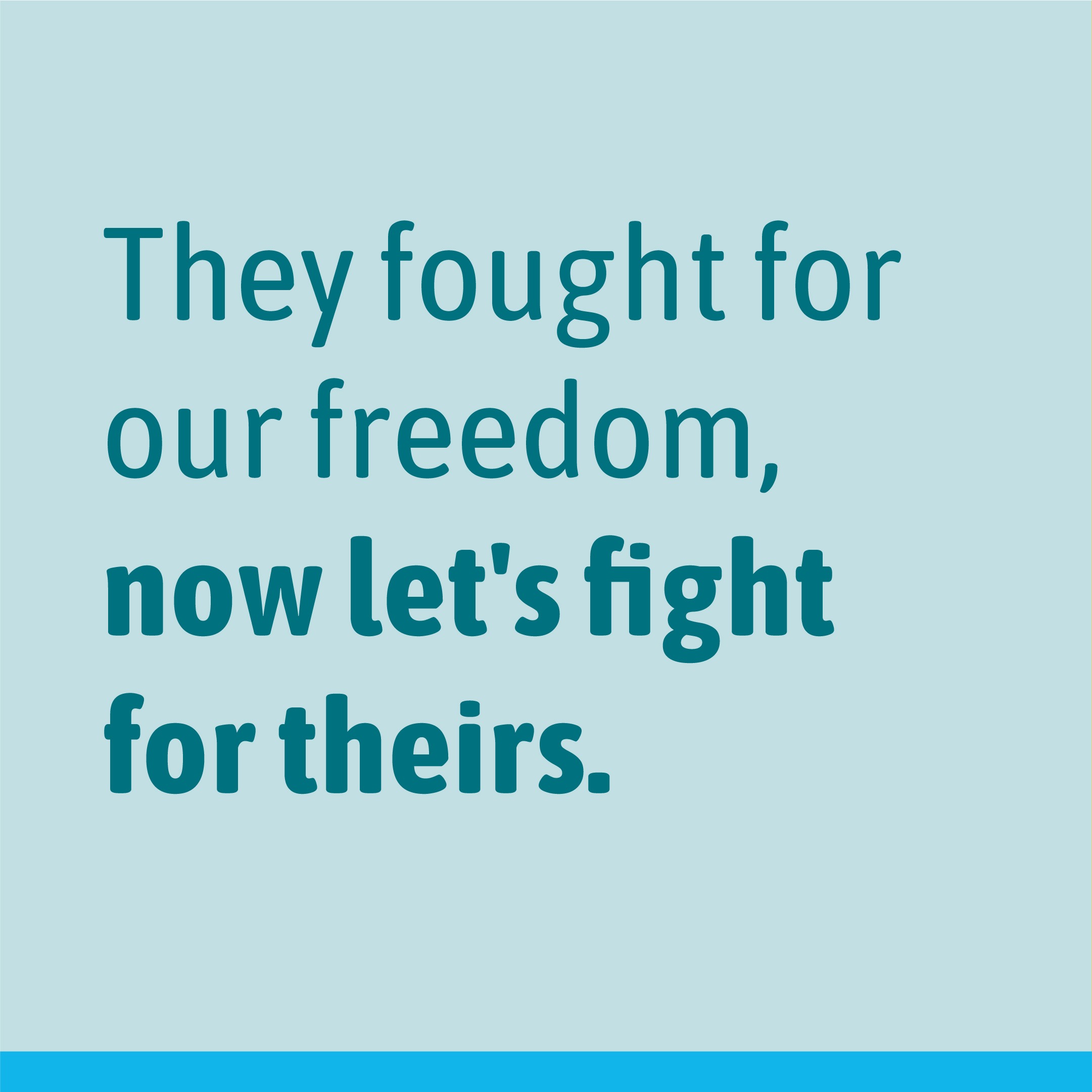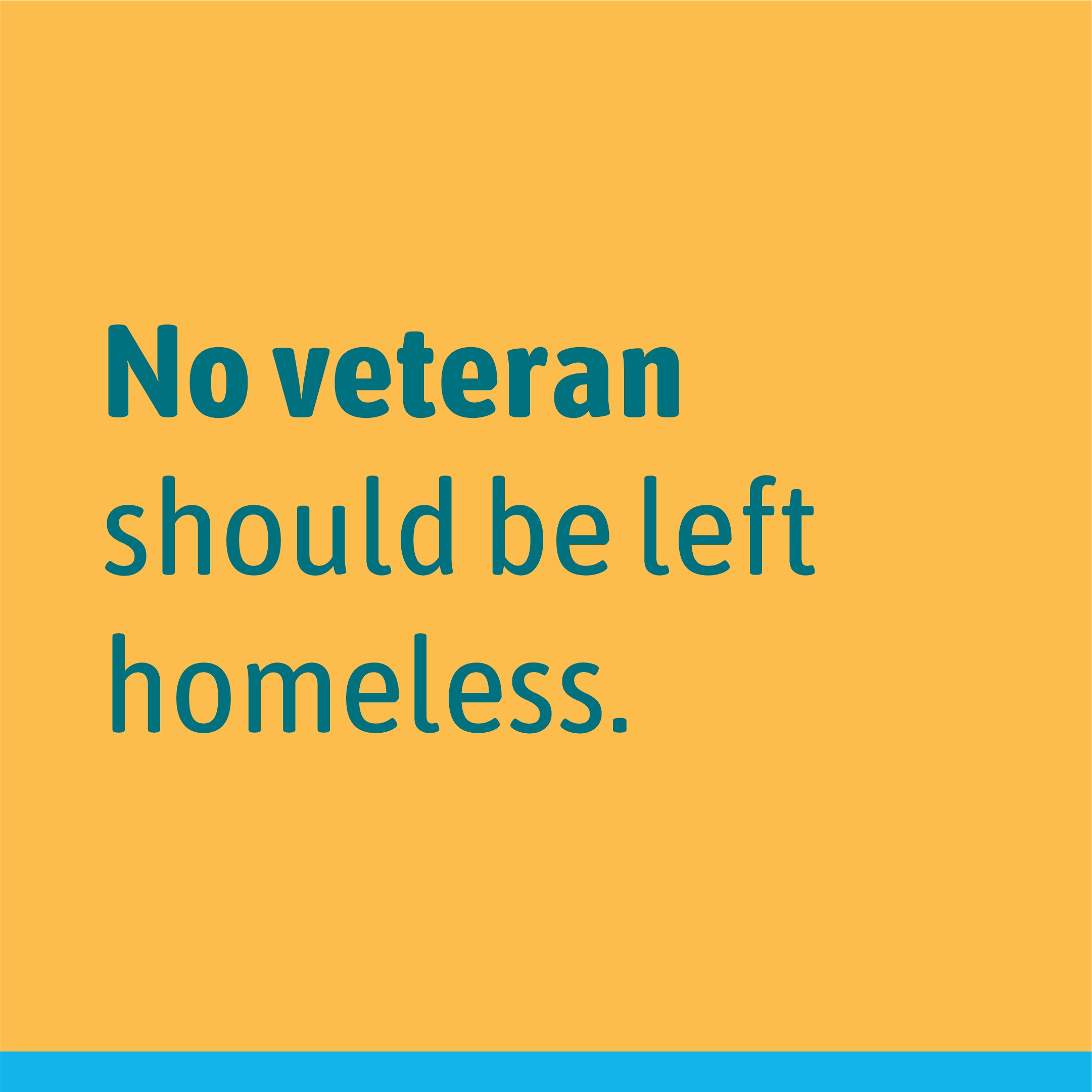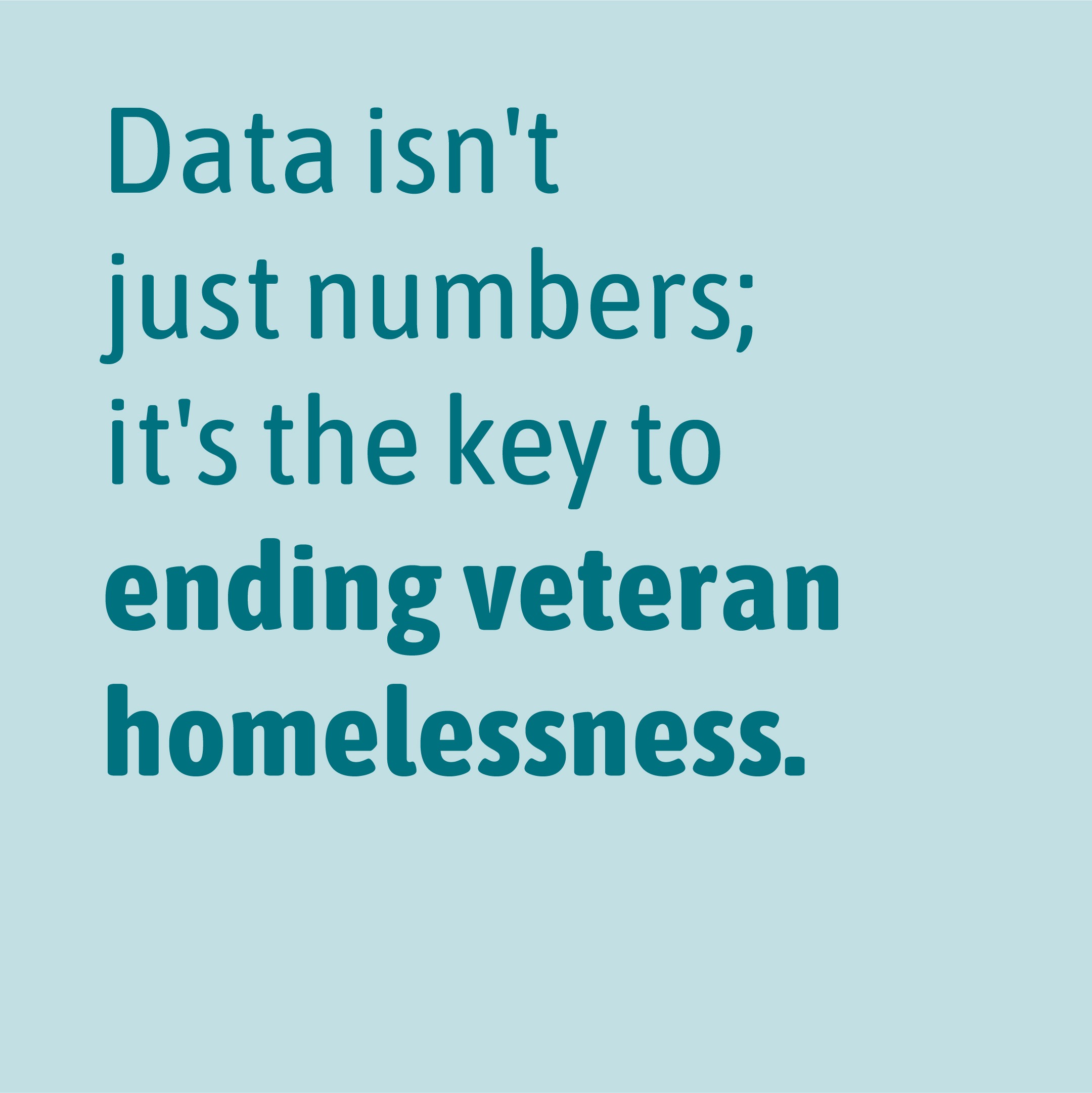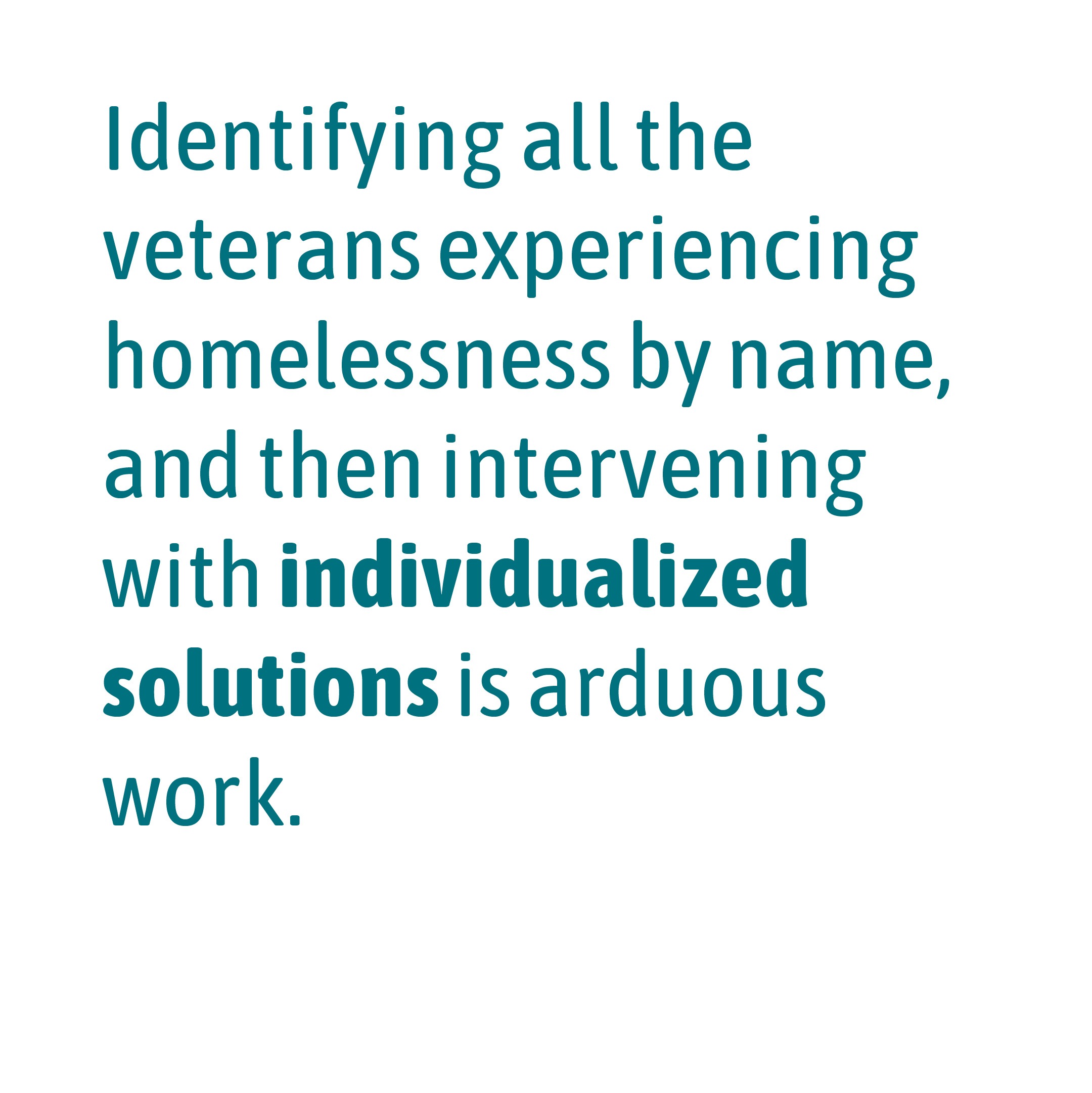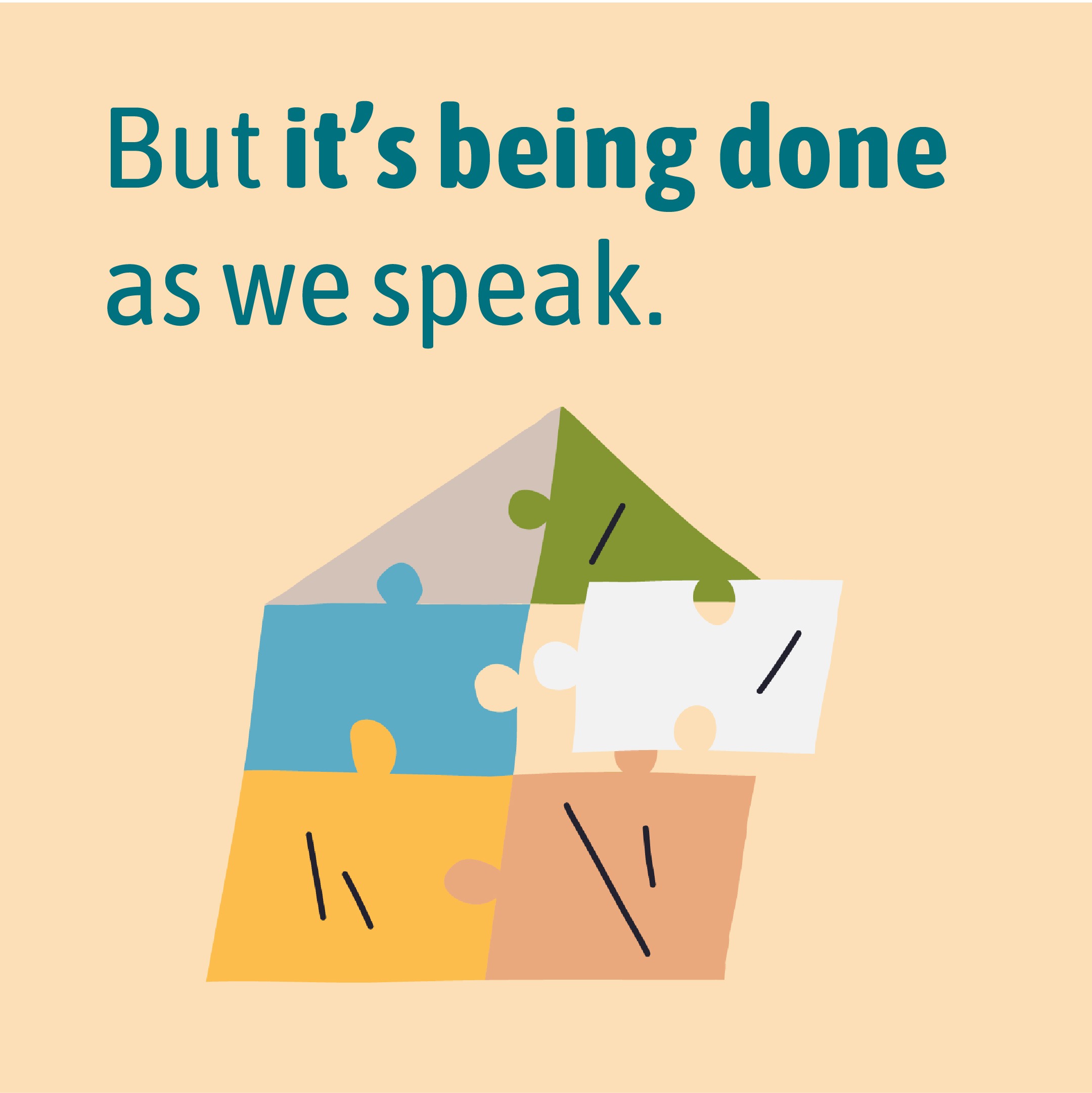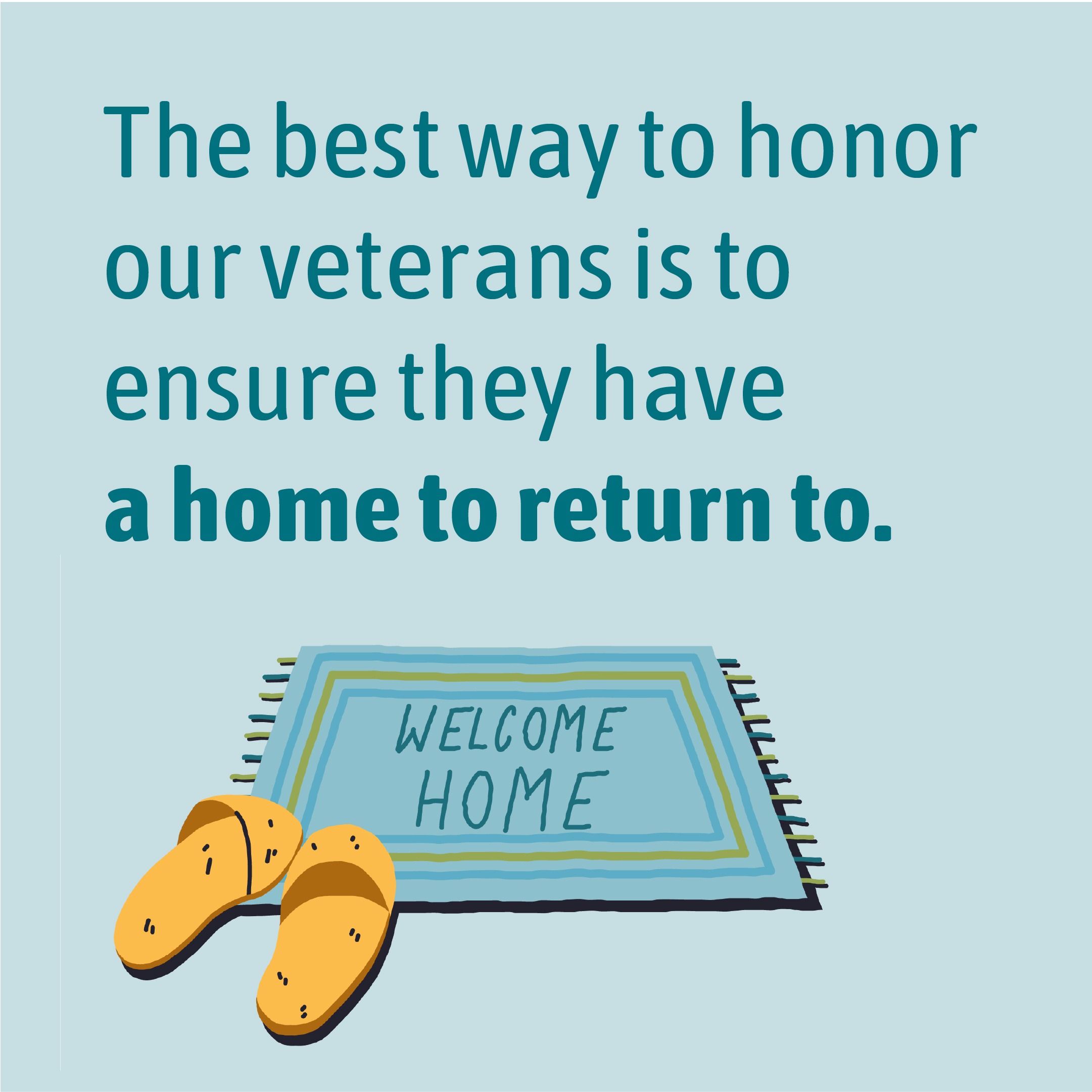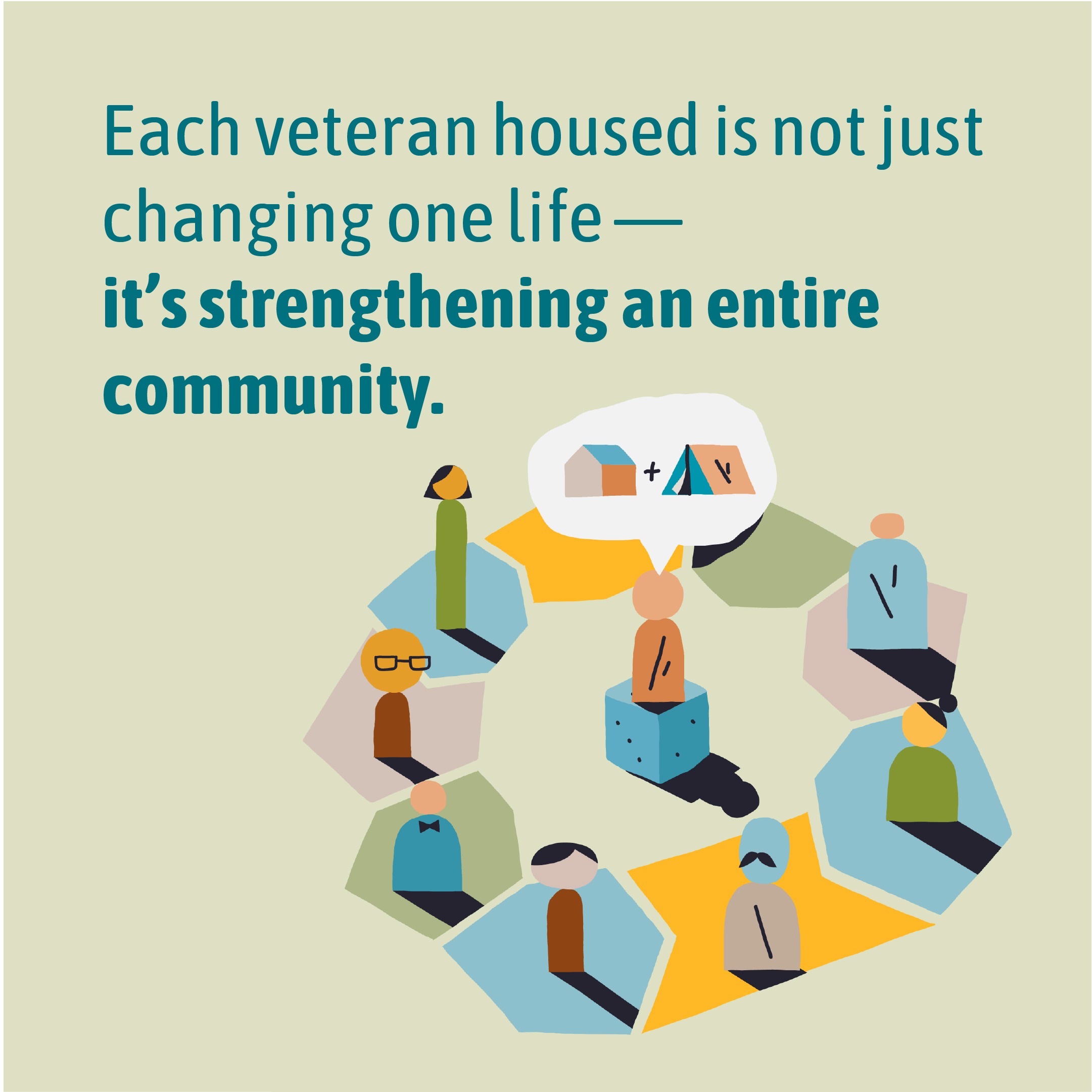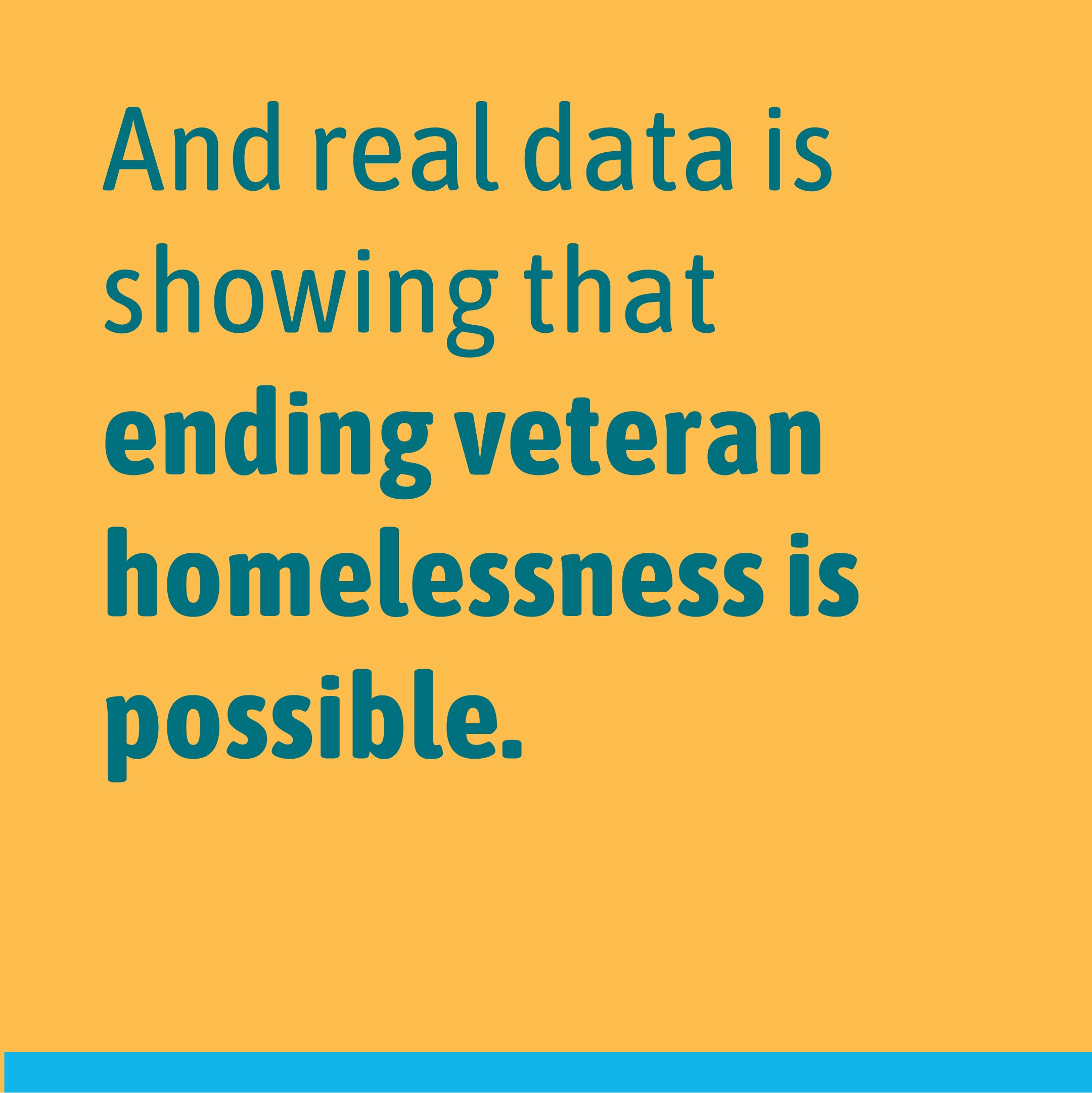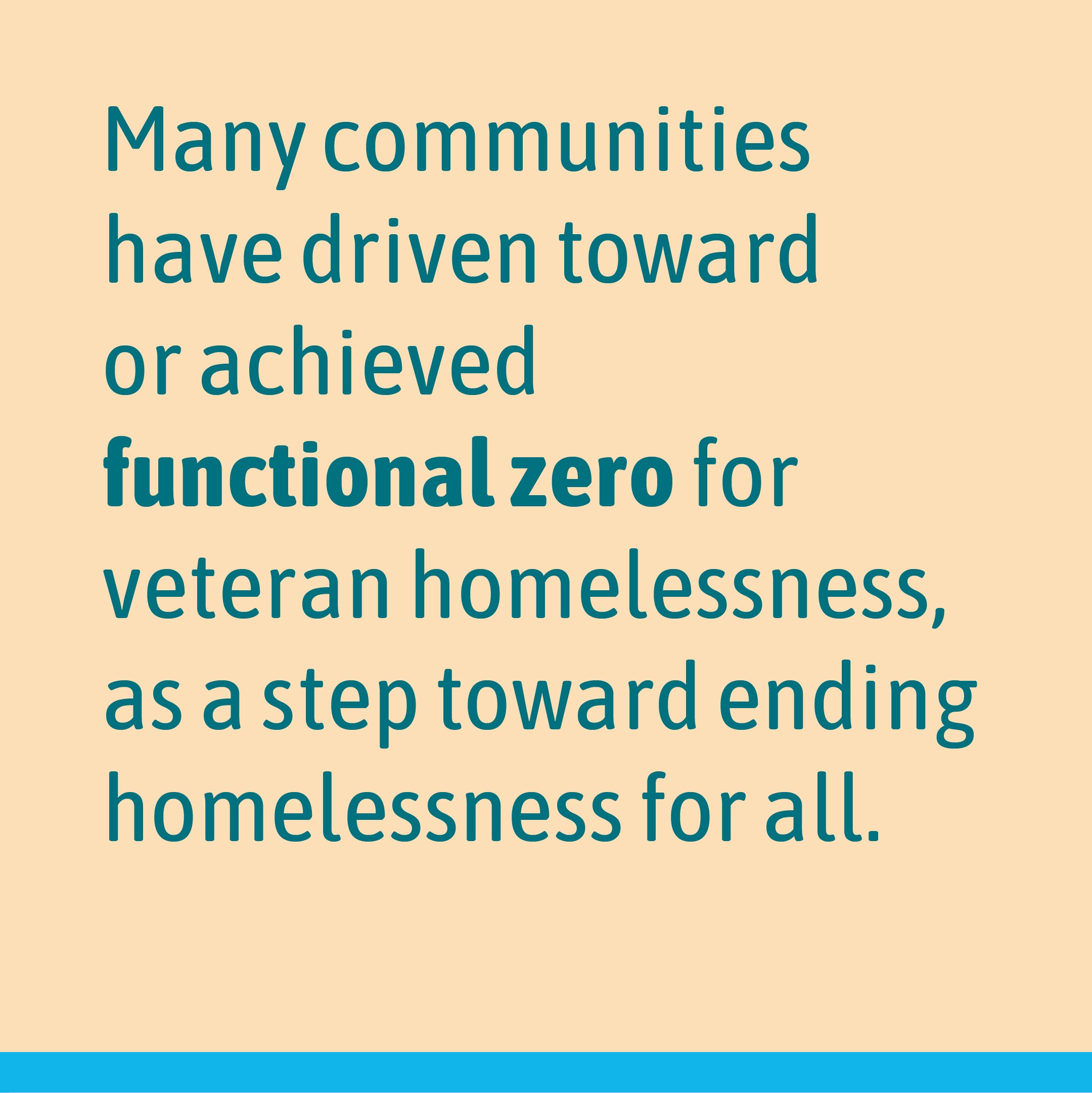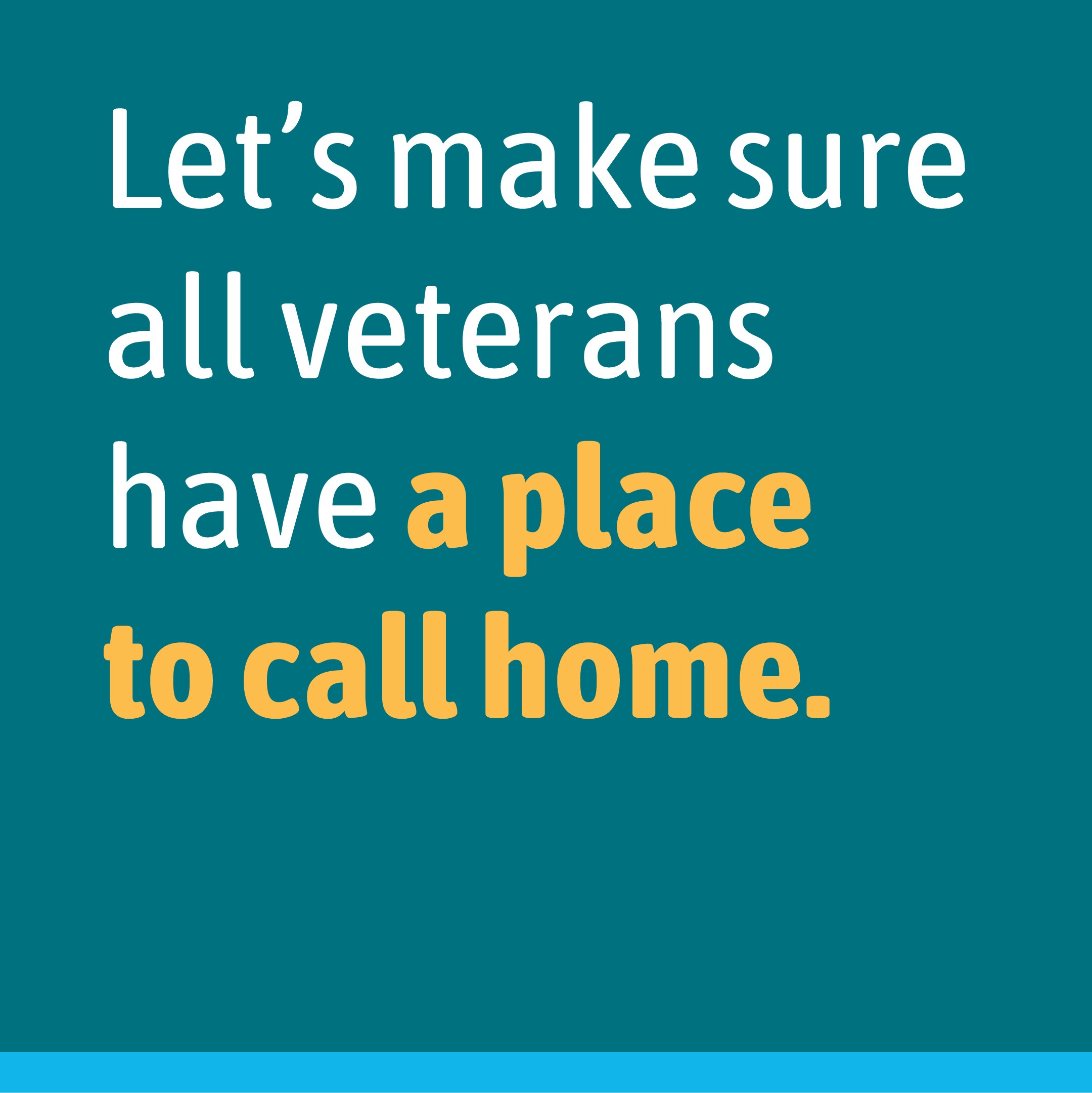Homelessness is solvable. Our nation’s progress in reducing veteran homelessness is a testament to our ability to make homelessness rare and brief for entire populations.
Proof that solving veteran homelessness is possible
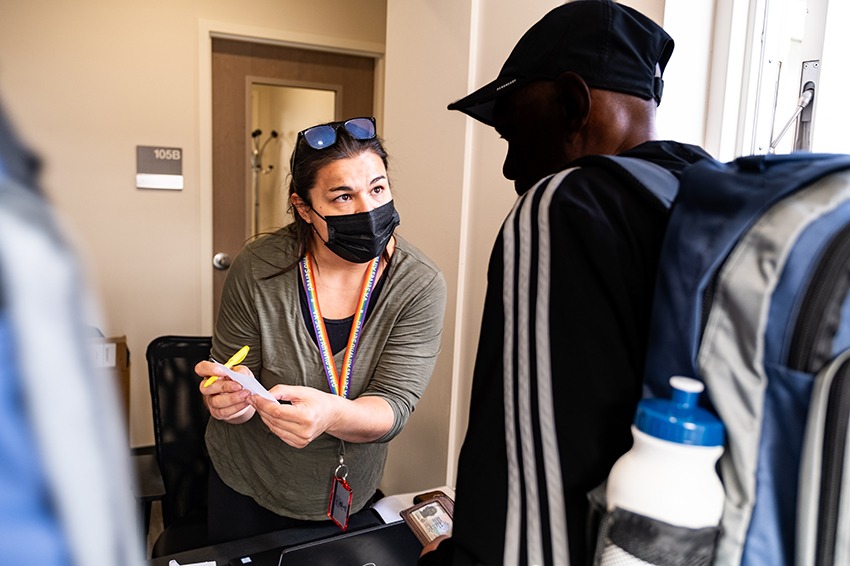
Metro Denver reduced veteran homelessness by 30%
The metro area’s subregional, data-driven approach has helped them reduce veteran homelessness by 30% in four years.
READ MORE
“We can say with strong certainty that nine out of 10 veterans experiencing homelessness in Metro Denver are accounted for by our homeless systems,” says Ian Fletcher, a Community Solutions strategy lead who has been supporting the region’s efforts for over a decade.
Metro Denver has achieved quality by-name data on veterans experiencing homelessness in five out of its nine subregions, thanks to a collaborative subregional approach and improved data coordination. This strategy has led to a 30% reduction in veteran homelessness since 2020.
Key to their success is tracking individual needs and barriers across the region, which allows stakeholders to provide targeted solutions, such as specialized care for aging veterans.
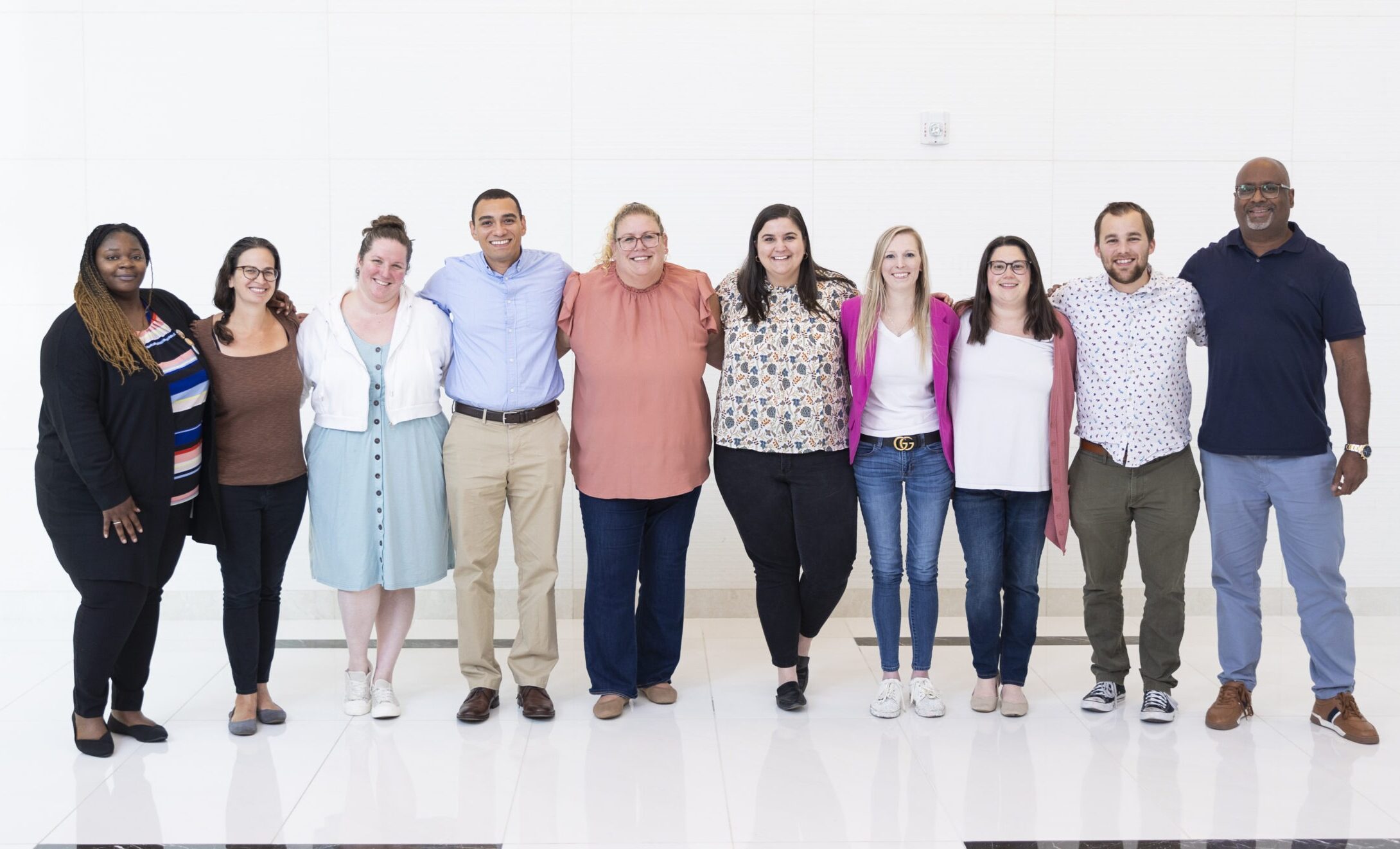
Washington, D.C., prevents veteran homelessness through flexible funding.
This new funding initiative helps communities provide immediate assistance to veterans in housing crises.
READ MORE
Army veteran Moochie Barnes was in a precarious situation. The 42-year-old Washington, D.C. resident had just moved into an apartment and started a new job but was dealing with severe health challenges.
“I wasn’t able to pay the bills or maintain my rental because I was so sick and in and out of work,” Barnes explained. He had faced homelessness before, and he was suddenly in an unstable situation again.
Barnes applied for flexible funding — financial assistance designated to help prevent veterans from experiencing or returning to homelessness.
“Even though I was up for eviction, I was able to still stay in the apartment until after the process was completed,” he said. “Once the flex fund paid the back rent, it had me in a stability mode where I was able to get control.”

Rosanne Haggerty testified before the U.S. House of Representatives Committee on Veterans’ Affairs
Haggerty was invited to speak about the importance of by-name data in reducing veteran homelessness.
READ MORE
“Real time, by-name data is a game changer for every type of community working to end veteran homelessness.”
Rosanne Haggerty, CEO and President of Community Solutions, shared this statement during a June 27, 2024, hearing before the House Committee on Veterans’ Affairs Subcommittee on Economic Opportunity.

A veteran’s story
Nathan, a U.S. Army veteran, reflects on the series of events that led him and his girlfriend onto the streets of Denver in single-digit temperatures. He was eventually connected to housing thanks to the coalition led by VA leaders.
READ MORE
“I learned more from people in the streets and the four years of homelessness that I did in all my college for sure. Definitely a life changing experience. There’s a lot of really good people out there who all need help, they just don’t know how to get it sometimes.” – Nathan Hansley
Efforts to make homelessness rare and brief are broad and varied, just like the problem itself. However, successful practices that help individuals out of homelessness and reduce it across entire communities often remain unseen. This film aims to change that.
Community Solutions collaborated with filmmakers Dewi Sungai and Jason Houston (eight16creative) to document the stories of how six U.S. communities are measurably reducing homelessness as part of the Built for Zero movement. This video in the series unpacks Metro Denver’s solutions-focused approach to homelessness and highlights the work of those playing critical roles in these communities.
Communities are driving real estate innovations to reduce veteran homelessness.
The lack of permanent supportive housing is a huge barrier to housing veterans. Solutions involve converting temporary shelters into permanent housing and expanding access to affordable housing in partnership with social impact investors.
Minnesota: Join us for a LinkedIn Live discussion on the groundbreaking Veterans Village project that is providing Minnesota veterans with more than just housing.
READ MORE
Together, Minnesota Assistance Council for Veterans (MACV), Lennar Builders, Housing First Minnesota Foundation, and Mount Calvary Church have created a model that demonstrates what’s possible when communities unite to solve veteran homelessness.
During this event, we’ll explore:
1. The vision and mission behind the Veterans Village and how it aims to address the unique challenges veterans face in accessing stable housing.
2. MAC-V’s innovative no-barriers lease program and its critical role in creating a supportive, accessible space for veterans.
3. How public-private partnerships can serve as a powerful model for national replication to combat homelessness across the country.
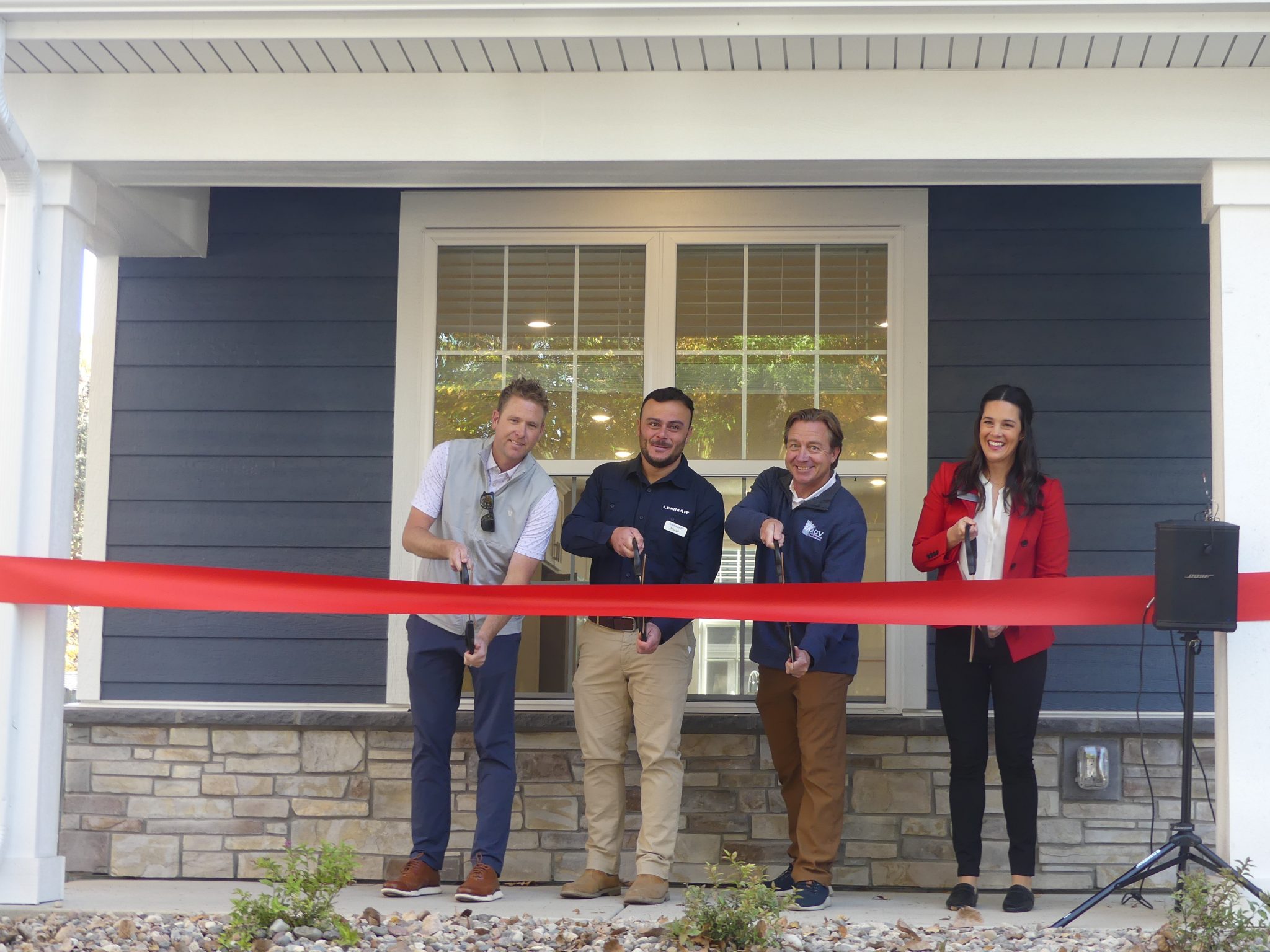
Metro Denver: Kaiser Permanente invested in three apartment buildings that will provide 80 homes to veterans exiting homelessness.
READ MORE
“You can’t be healthy without safe, stable, secure housing,” explained John Vu, Kaiser Permanente’s Vice President of Strategy for Community Health.
Health systems, like Kaiser Permanente, play a crucial role in addressing homelessness by investing in housing solutions. In Metro Denver, Kaiser Permanente partnered with Community Solutions and invested in three apartment complexes, providing 80 homes for veterans exiting homelessness.
These units are directly connected to the local homeless response system, ensuring quick housing placement. This initiative demonstrates how health systems can lead efforts to address the housing supply problem, emphasizing that safe, stable housing is fundamental to health.
Large Cities: $135 million social impact investing fund for affordable housing
READ MORE
Community Solutions has successfully raised $135 million for its Large Cities Housing Fund, which is making significant strides in addressing homelessness and the shortage of affordable housing.
“This Fund will fundamentally change how cities address homelessness and the affordable housing crisis,” said Dave Foster, President of BDP Impact Real Estate, a partner of Community Solutions that manages the Fund and its properties. “By leveraging private capital, this model will diversify how affordable housing is developed, which will be quicker and more efficient than traditional financing mechanisms.”
This fund aims to acquire over 2,500 housing units, half of which will be permanently dedicated to individuals transitioning out of homelessness, including veterans.
The fund is supported by various investors, including major health organizations and foundations.


Charlotte: Dedicated units for veterans exiting homelessness
READ MORE
In Charlotte, North Carolina, a significant effort to dedicate housing units specifically for veterans exiting homelessness is underway, reflecting a strong commitment by local organizations and Community Solutions.
The properties in Charlotte are part of a larger strategy that involves acquiring existing multifamily buildings and converting them into permanent, supportive housing. These efforts are coordinated with local homeless response networks to ensure that veterans have immediate access to housing resources, such as vouchers.
Homeless Resource Locator Connects Users with Service Providers Across the U.S.
The tool helps veterans and other people experiencing homelessness find their nearest homeless service provider.
Last Veterans Day, Community Solutions and the Rocket Community Fund launched the Homeless Resource Locator, featuring the names and contact information of more than 900 homeless service providers across all 50 states.
To date, over 6,000 individuals have visited this resource to find services on the Community Solutions website. This tool is also linked to the U.S. Department of Veterans Affairs website.
📣 Use your voice | Social media toolkit
Built For Zero communities are proving that a future where homelessness is rare and brief is within reach.
This Veterans Day, we’re calling attention to the urgent matter of veteran homelessness. Help us spread the message.
If you have any questions about this toolkit, please contact kstasa@community.solutions.

Social media tips
- Use the hashtags in your posts to engage with us and others during this week. Consistent hashtags make posts about specific topics easy to find and will help to drive engagement and awareness on Veterans Day. #VeteransDay is the official hashtag. #VeteransDay2023 may also be used.
- Copy and paste the suggested social media posts or use them as inspiration to craft your own!
- Pair social media posts with a corresponding visual (graphics below) to create interest and increase shareability.
- Follow us on Facebook, Twitter, Instagram, and LinkedIn and share our content.
- Tag us if you share Veterans Day content!
- Twitter: @cmtysolutions or @BuiltForZero
- Facebook @cmtysolutions or @BuiltforZero
- Instagram @cmtysolutions
- LinkedIn Community Solutions, Inc.
Graphics
Download the graphics below and include them in your posts
Social Copy
Please include the included links in all posts. If you choose to develop your own messaging, please include the hashtag #VeteransDay, #HomelessnessIsSolvable and/or tag @cmtysolutions or @BuiltForZero. Please feel free to tag other partners.
Real change starts with real data. And real data is showing that ending veteran homelessness is possible.
Twelve communities across the county have reached functional zero for veterans. 🇺🇸 #VeteransDay
Together, we can make sure all veterans have a place to call home. 💙🏠🇺🇸 #VeteransDay #HomelessnessIsSolvable
Data isn’t just numbers; it’s the key to solving veteran homelessness.
Identifying all the veterans experiencing homelessness by name, and then intervening with individualized solutions is arduous work. But it’s being done as we speak.
Together, we can bring those veterans home. 🏠 #HomelessnessIsSolvable 🇺🇸 #VeteransDay
We want to thank and celebrate our Built for Zero communities across the country who are endeavoring each day to make veteran homelessness rare and brief.
Through this commitment to ending veteran homelessness, Built for Zero leaders work to improve their homeless response systems so they can quickly and stably help veterans secure permanent housing. Reaching functional zero for veteran homelessness would not be possible without our invaluable partnerships with the U.S. Department of Veterans Affairs and other government agencies.
We are grateful to all of our Built for Zero community members and leaders, many of whom are veterans themselves, for their dedication to supporting and housing the brave people who have served in our armed forces.
